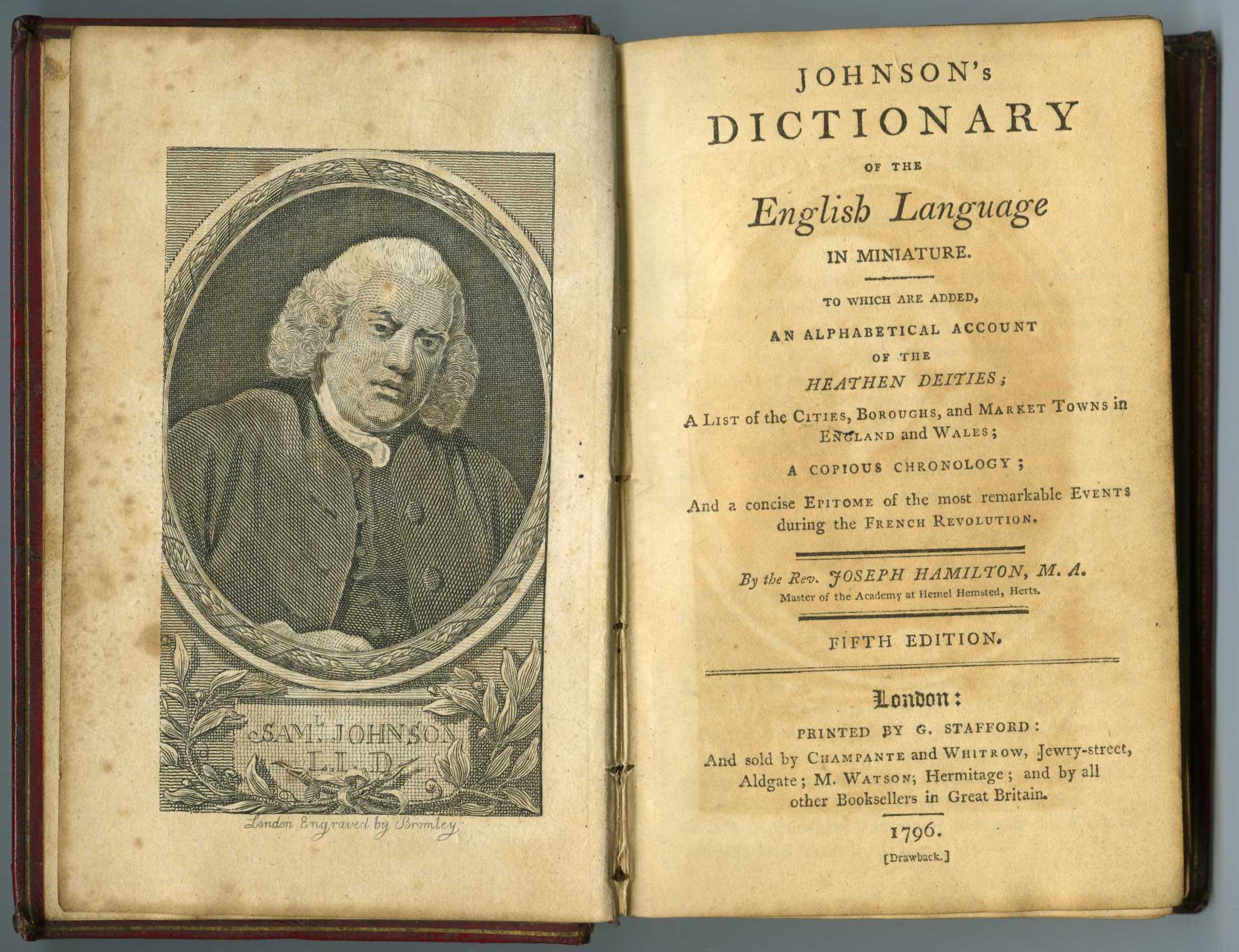We have come to accept that the inside world is large, although ordinary people do not have a very large vocabulary with which to report “inside” experiences. They cover this by saying “I think”,“I feel…” ,“I sense that…”. In other words, most people tend to leave the description of their “feelings” to our poets or song writers/musicians!
 We are, in fact, demonstrably more adept at describing the outside world — our common world. Some say that this is so because we live in a materialistic culture which is primarily focussed on the world around us. (Thus culture plays a “shaping” role).
We are, in fact, demonstrably more adept at describing the outside world — our common world. Some say that this is so because we live in a materialistic culture which is primarily focussed on the world around us. (Thus culture plays a “shaping” role).
However, both “domains” — the inside and the outside — are currently expanding rapidly, the latter at a faster rate than the former.* What do we do to meet our needs to express and refer to these changes? We create additional (new) term/ words and expressions which mark and label different events. Here the term creation has four references:
(a) Inventing new sounds (or symbols which substitute for sounds) to be used routinely in an existing language. The new sound — a complex event — is then assigned an “official meaning” either by fiat or later by including it in a current (on-line?) dictionary (which is a relatively new invention! — see the footnote** below);
(b) We borrow already existing words from a foreign language (e.g. Greek ἰδέα idea “form, pattern,” from the root of ἰδεῖν idein, “to see. Oxford English Dictionary 2014) but import into the host-language, only one one of its several meanings from its original, its donor-language (see earlier articles on neolidesm).
(c) We transform an existing word which has been selected from within our home- language and “quietly” assign an additional meaning to it by “analogy” i.e. by referring to its likeness/similarity between it and its new “reference”. In an earlier blog I have called this an “analogical spread”;
(d) We adapt an existing word in our home-language by changing its context of use. Using this method we assign new meaning to many old, well-worn words. It is sometimes the origin of what are now referred to as slang words, but not its only source, which I previously referred to as a special case of neolidesm. (See ** footnote below.)
* I have some reservations about this statement. One could argue that much of the “inside” worlds get expressed in expressive modes of popular culture, includes its songs, dances, arts.
** A brief statement about dictionaries taken mostly from Wikipedia:
Dictionaries go back several thousand years, but the “The first monolingual dictionary written in Europe was Spanish, written by Sebastián Covarrubias’ Tesoro de la lengua castellana o española, published in 1611 in Madrid, Spain.
Several attempts were made to produce a reference book to serve the current use for English speakers, but it was not until Samuel Johnson’s A Dictionary of the English Language (1755) that a reliable English dictionary was produced. At this point dictionaries had evolved which also featured textual references for most words, and their listing was arranged alphabetically, rather than by topic (a previously popular form of arrangement, which meant that all animals would be grouped together, etc.). Johnson’s masterwork was the first to bring all these elements together, thereby creating the first dictionary to be published in “modern” form.
